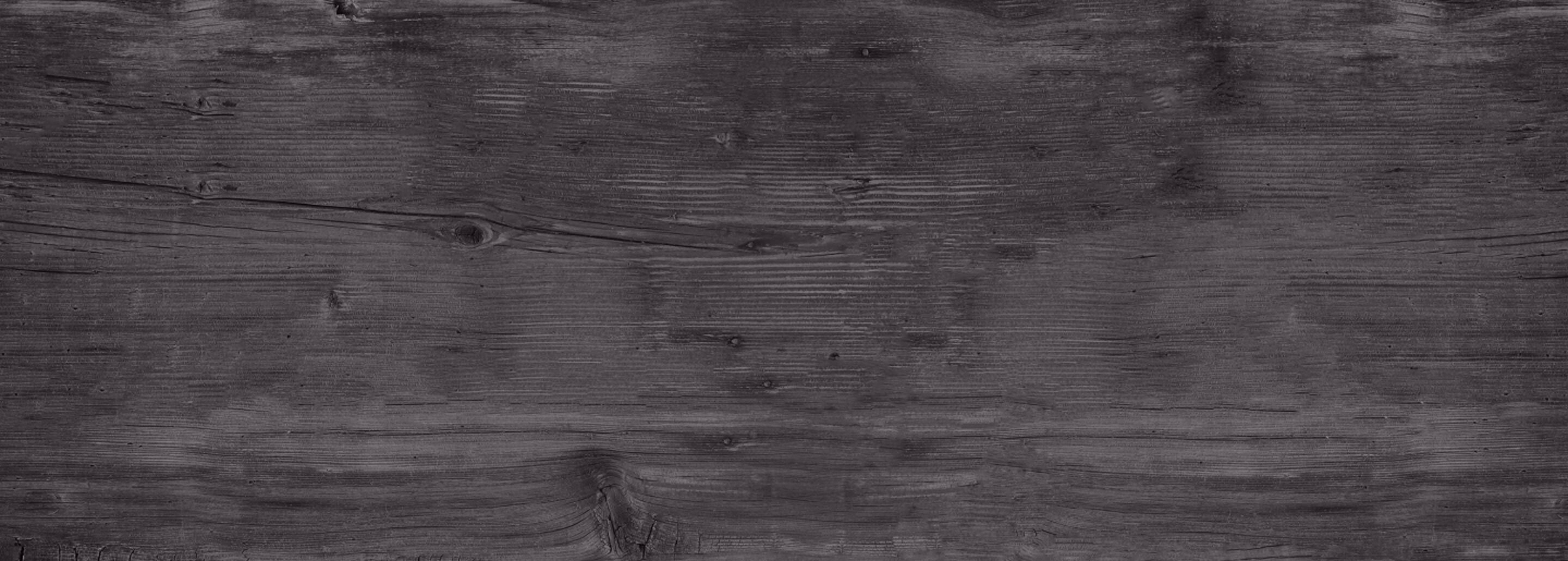Visions of Freedom: Land and Labor
Establishing economic independence was crucial for newly freed African Americans during
Reconstruction. But without land of their own or fair wages for their labor, they would remain under the power of white landowners. Blocked from attaining their goals, thousands of African Americans left the South in search of better opportunities.
Black Migration During Reconstruction
Liberian emigrant ship Azor at the dock in Charleston, South Carolina, 1878
In the late 1870s, as economic, social, and political conditions grew worse for African Americans in the South, some groups decided to seek better opportunities elsewhere. Many moved west to places like Oklahoma and Kansas, which prompted Congress to investigate the reasons for their decisions to relocate. Others moved to Liberia, Mexico, Haiti, and Canada, seeking to build a better life for themselves and their families.
En Route for Kansas, 1879

This movement is a declaration of the purpose of the freed man to assert and maintain that independence . . . and thus secure to himself the fact as well as the consciousness of real freedom.
John Mercer Langston, 1879
Migrant Testimony
The Exodus
In 1880 the U.S. Senate launched an investigation to discover why large numbers of African Americans were leaving the South. Henry Adams of Shreveport, Louisiana, was one of the 153 people the Senate interviewed. Adams, a formerly enslaved Civil War veteran, helped establish the Colored Men’s Protective Union to document instances of discrimination and racial violence against African American communities.
His organization collected testimonies from 700 Louisianans and received nearly 100,000 signatures stating that African Americans in Louisiana, Texas, Arkansas, Mississippi, and Alabama wanted to leave the South.
Listen to an excerpt from Henry Adams’s testimony, read by Vincent Stovall.

When we think of the crowded tenement houses, loathesome streets, foul air, bitter prejudice many of our people have to endure in the south, we are forced by the love we bear them to say, for the sake of health, wealth and freedom, come west.
Katie D. Chapman, Yankton, South Dakota, 1889
From Alabama to South Dakota
Hattie J. Durr Whiddon Graham was born in Abbeville, Alabama, in 1873 and migrated to Yankton, South Dakota, as a young woman. She kept these photographs of family members in an album that she passed down to her son Waymon.
